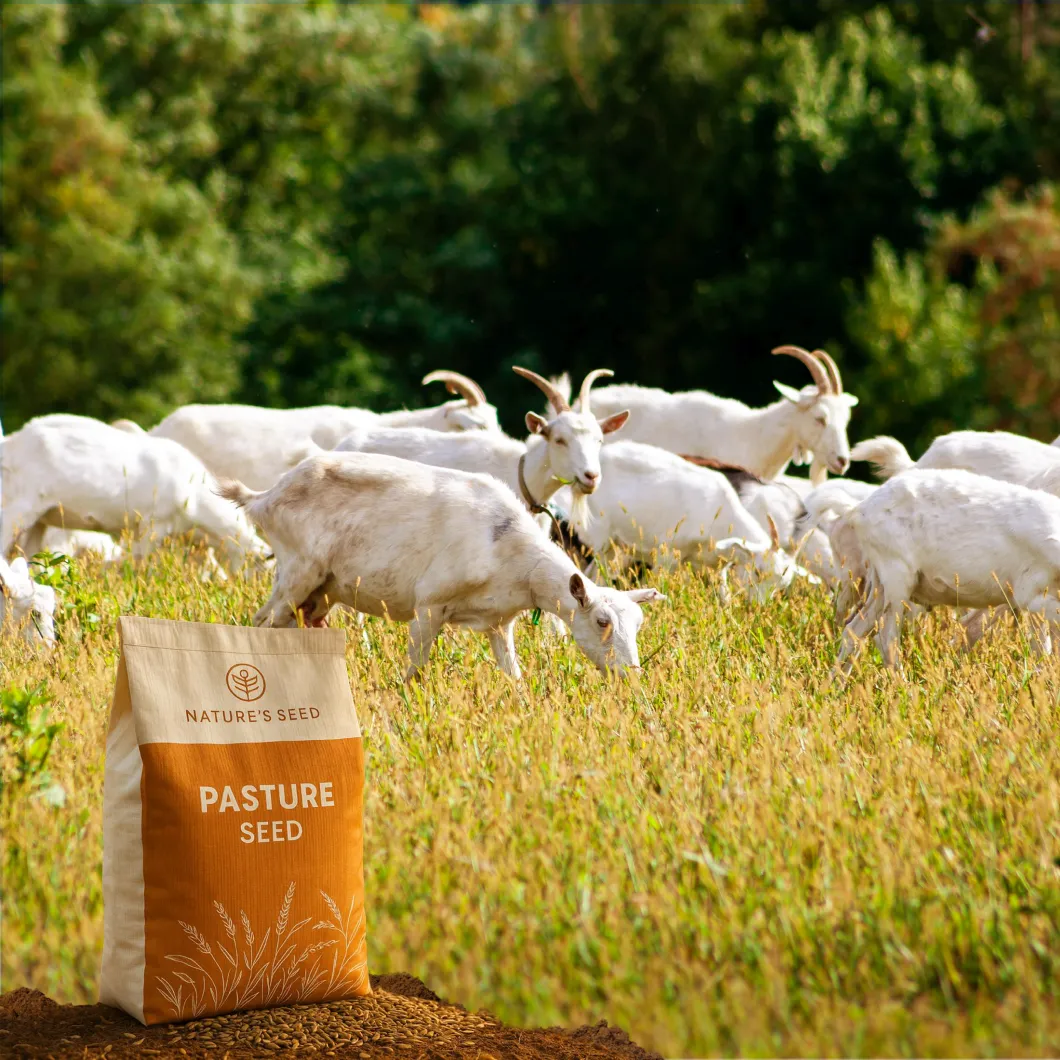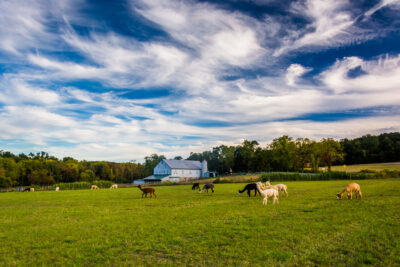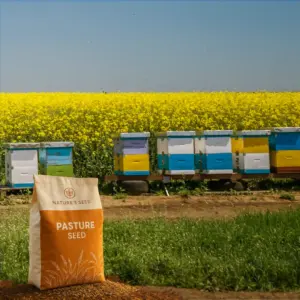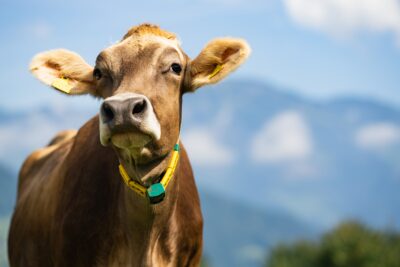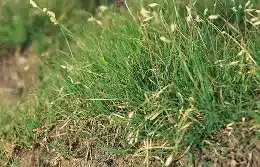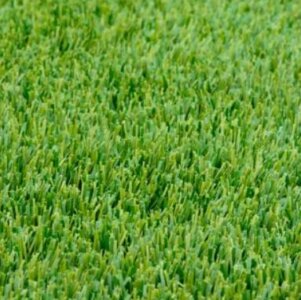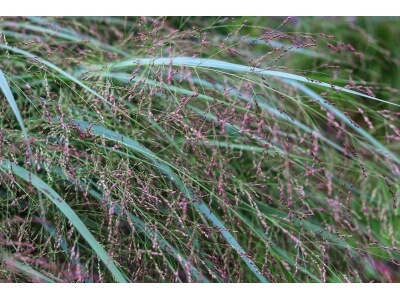What is the Transitional Goat Forage Mix?
A resilient, protein-packed pasture seed mix designed for the U.S. Transition Zone. Transitional Goat Forage Mix thrives in hot summers and cold winters, providing goats (and other livestock) with nutritious grazing from deep-rooted chicory, clovers, alfalfa, and hardy grasses. Enjoy a low-water, low-fertilizer pasture that supports extended grazing seasons, soil health, and even pollinators.
Specifications
Sun Requirement
Full sun to partial shade
Soil Preference
Loam or clay-loam
Soil pH
~6.0–7.5
Time to Maturity
~80–100 days
Height when mature
1–4 feet grazing height
Seeding Rate
20 lbs/acre
Planting Depth
1/4″
- You cannot add "Rice Hulls" to the cart because the product is out of stock.
Goat Pasture & Forage Mix – Transitional
SKU: PB-GOAT-T
- Goats
Will the seed work for your area?
Check your region
select quantity
Description
What seeds are in the mix?

Drought & Heat Tolerance
The deep taproots of chicory and alfalfa dive for moisture, keeping the pasture greener through summer dry spells. Hardy tall fescue withstands heat and even stays green into winter dormancy. This mix is bred from transition-zone tough species that survive 100°F afternoons and winter frosts alike – so your pasture won’t wither when weather gets extreme.
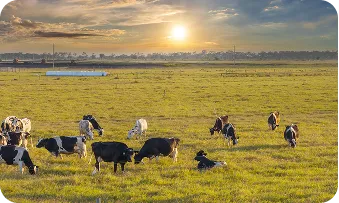
Grazing Resilience & Regrowth
Designed for intensive grazing systems, these species bounce back after being nibbled. Tall fescue and orchardgrass provide a durable grass base that regrows vigorously when rotationally grazed. Forbs like chicory persist 5–7 years under managed grazing rest periods, and birdsfoot trefoil tolerates close, frequent grazing without dying out. The result is a pasture that stands up to goat traffic and keeps on producing.
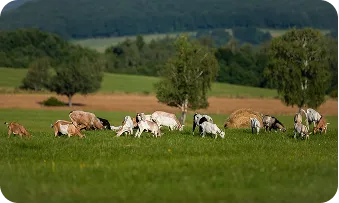
Extended Grazing Season
As a cool-season dominant blend, it kicks into gear early in spring and again in fall, providing fresh forage when warm-season grasses fade. Tall fescue can even be stockpiled in the field for late fall/winter grazing, retaining nutritional leaves into the cold months. With proper management, you can graze well into winter and start earlier in spring, reducing the need for hay feeding.

Soil Health & Erosion Control
A mix of fibrous root systems and taproots means excellent soil binding and structure improvement. Thick ground cover protects against erosion on hillsides and heavy rain runoff. Meanwhile, the legumes’ nitrogen-fixing nodules naturally fertilize the soil, feeding companion grasses and improving pasture fertility over time. You’ll build richer topsoil and prevent nutrient runoff by keeping living roots in the ground year-round.
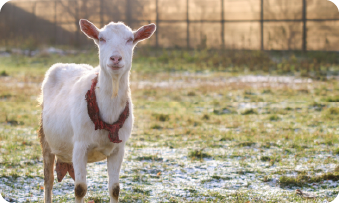
Non-Bloating, Goat-Safe Nutrition
Unlike pure clover or alfalfa stands, this blend is formulated to be safe and healthy for ruminants. Birdsfoot trefoil is a non-bloating legume, so goats gain protein without the bloat risk of alfalfa. Trefoil and chicory also contain condensed tannins, which act as natural dewormers to reduce parasite loads in goats and sheep. That means healthier animals and less dependence on chemical wormers – all from your pasture.
Description
What seeds are in the mix?
Detail Product
Sun/Shade
Full sun to partial shade (6+ hours sun ideal)
Height
1–4 feet grazing height (up to ~6 ft if ungrazed flowering stalks)
Seeding Rate
20 lbs/acre (drilled or broadcast; increase to 25 lbs for overseeding)
Uses
Goat & sheep pasture, cattle grazing, erosion control, land reclamation, wildlife food plots, pollinator habitat
Color
Green foliage; blooms of yellow, purple, pink, blue, white across species
Water
Green foliage; blooms of yellow, purple, pink, blue, white across species
Native
Introduced Eurasian species
Life Form
Perennial Herbaceous forage mix
Product Uses
Balanced, Bloat-Safe Pasture Blend for Goats, Sheep, and Cattle
Transitional Goat Forage Mix offers a nutritious, balanced pasture for goats, sheep, and other livestock. It combines energy-rich grasses like orchardgrass and fescue with protein-packed legumes such as alfalfa, clovers, trefoil, and chicory—plants goats naturally prefer and that support parasite control. Ideal for both dairy and meat goats, it’s also suitable for cattle, providing digestible fiber and bloat-safe legumes.
Great for Hillsides: Controls Erosion, Reduces Runoff, and Stabilizes Slopes
If you have hilly or sloped land, this mix also works as natural erosion control. Perennial grasses form a dense sod that anchors soil, while deep-rooted species improve infiltration and break up compaction. It’s ideal for runoff-prone or overgrazed areas, helping reduce mud and stabilize slopes over time.
Low-Maintenance, Self-Sustaining Pasture for Long-Term Grazing
Tired of replanting and constant fertilizing? This low-input, mostly perennial mix returns each year with minimal care. Nitrogen-fixing legumes feed the grasses naturally, reducing the need for fertilizer. It’s disease-resistant, handles imperfect soils, and thrives with basic rotational grazing and occasional mowing. Perfect for small farms seeking a self-sustaining pasture.
Dual-Purpose Mix: Nourish Livestock and Attract Wildlife with One Planting
Transitional Goat Forage Mix supports more than just livestock—it attracts deer, rabbits, and pollinators too. High-protein plants like clover, trefoil, and chicory make it ideal for dual use as a grazing pasture and wildlife food plot. Flowering species boost pollinator activity, while mixed growth provides cover for birds and insects. It’s a low-effort way to create a thriving, wildlife-friendly ecosystem—your goats just do the mowing.
Questions & Answers
When and how should I plant the Transitional Goat Forage Mix for best results?
For transitional climates, plant this mix in early fall (Aug–Oct) or early spring (Feb–Apr) when soil is workable. Fall seeding is ideal for strong root establishment before summer heat. Prepare a firm seedbed, then broadcast or drill at 20 lbs/acre. Plant shallow—¼ inch deep for small seeds, 1 inch for peas. Lightly drag or roll after broadcasting for better soil contact. Keep soil moist for 1–3 weeks to support germination. For overseeding, graze or mow pasture short before spreading seed ahead of rain. Mixing seed with sand or sawdust helps ensure even coverage.
What kind of forage quality can I expect? Is this mix really nutritious for goats and other livestock?
Yes, this mix offers excellent forage quality. It blends digestible grasses with protein- and mineral-rich legumes and chicory—often reaching 14–20% crude protein in spring. Alfalfa and red clover boost protein and calcium, while chicory adds key minerals like zinc and potassium. Goats selectively graze the most nutritious parts, promoting strong weight gain and milk production. The grass stems provide fiber for rumen health, and the mix’s plant diversity supports a balanced diet. It’s comparable to high-quality hay when managed well and is also suitable for cattle and horses (though horses may be pickier). Introduce gradually to avoid digestive upset.
How do I manage grazing on this pasture mix? Can goats be left to graze it continuously?
For best results, use rotational grazing. Goats tend to overgraze favorites like chicory and clover if left in one spot, which weakens those plants. Instead, rotate paddocks: graze for a few days to a week, then rest each area for 3–4 weeks. Move goats off when pasture is grazed down to ~3–4 inches, leaving stubble to support regrowth. A “first grazer/second grazer” system—goats first, then cattle or sheep—can improve forage use. Avoid grazing new seedlings until they’re 6–8″ tall and well-rooted (about 2–3 months after planting). This approach boosts pasture longevity and productivity.
Does this mix require a lot of water? How drought-tolerant is it?
This mix has moderate water needs. Consistent moisture is important during establishment (first 4–6 weeks), but once established, it’s fairly drought-tolerant. Deep-rooted plants like alfalfa and chicory help it stay green longer in dry spells, and tall fescue can go dormant and bounce back with rain. It’s well-suited for hot, dry summers in transitional regions, though not ideal for arid zones. Aim for 1–1.5 inches of water per week in the growing season. Overall, it’s more resilient to drought than many single-species pastures.
Will this pasture mix look good on my property? Can I use it in an ornamental or “meadow” context?
Absolutely—while designed as forage, this mix also creates a beautiful, meadow-like landscape. Grasses form a lush green base, and if allowed to bloom, you’ll see splashes of blue (chicory), pink (red clover), yellow (birdsfoot trefoil), and purple (alfalfa). Ungrazed, it grows 2–3 feet tall for a prairie look, but it also responds well to occasional mowing for a tidier appearance. It’s low-maintenance, weed-suppressing, and pollinator-friendly—perfect for adding natural beauty to rural properties while still serving as valuable pasture. Just avoid broadleaf herbicides to preserve the mix’s diversity.
I like wildflowers – can I mix wildflower seeds with this, or will they compete?
Yes, you can add wildflowers to this mix, but it takes some planning. The forage species are vigorous and may outcompete slower wildflower seedlings. For best results, plant wildflowers in adjacent borders or reserve certain areas for a native blend. You can also try overseeding hardy species like black-eyed Susan or asters after the forage is established—but expect some trial and error.
Goats may eagerly eat wildflowers, so choose non-toxic varieties and understand some may not last. Letting the pasture bloom in summer or planting wildflower strips between paddocks can also support pollinators. Overall, it’s doable—just give wildflowers space to thrive.
Still have
questions?
Our planting experts
are here to help.
Call Us
1-800-123-4567
8 AM–5 PM
Monday–Friday
Reviews
A resilient, protein-packed pasture seed mix designed for the U.S. Transition Zone. Transitional Goat Forage Mix thrives in hot summers and cold winters, providing goats (and other livestock) with nutritious grazing from deep-rooted chicory, clovers, alfalfa, and hardy grasses. Enjoy a low-water, low-fertilizer pasture that supports extended grazing seasons, soil health, and even pollinators.
| Weight | 10 lbs |
|---|---|
| Seeding Rate |
